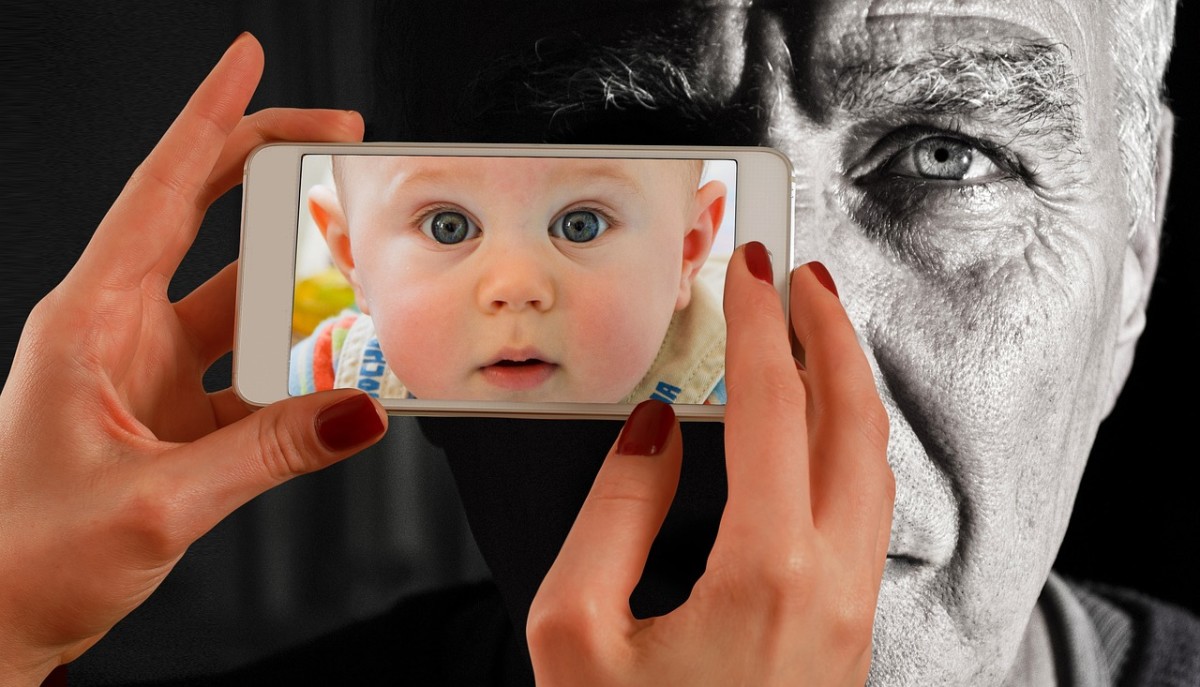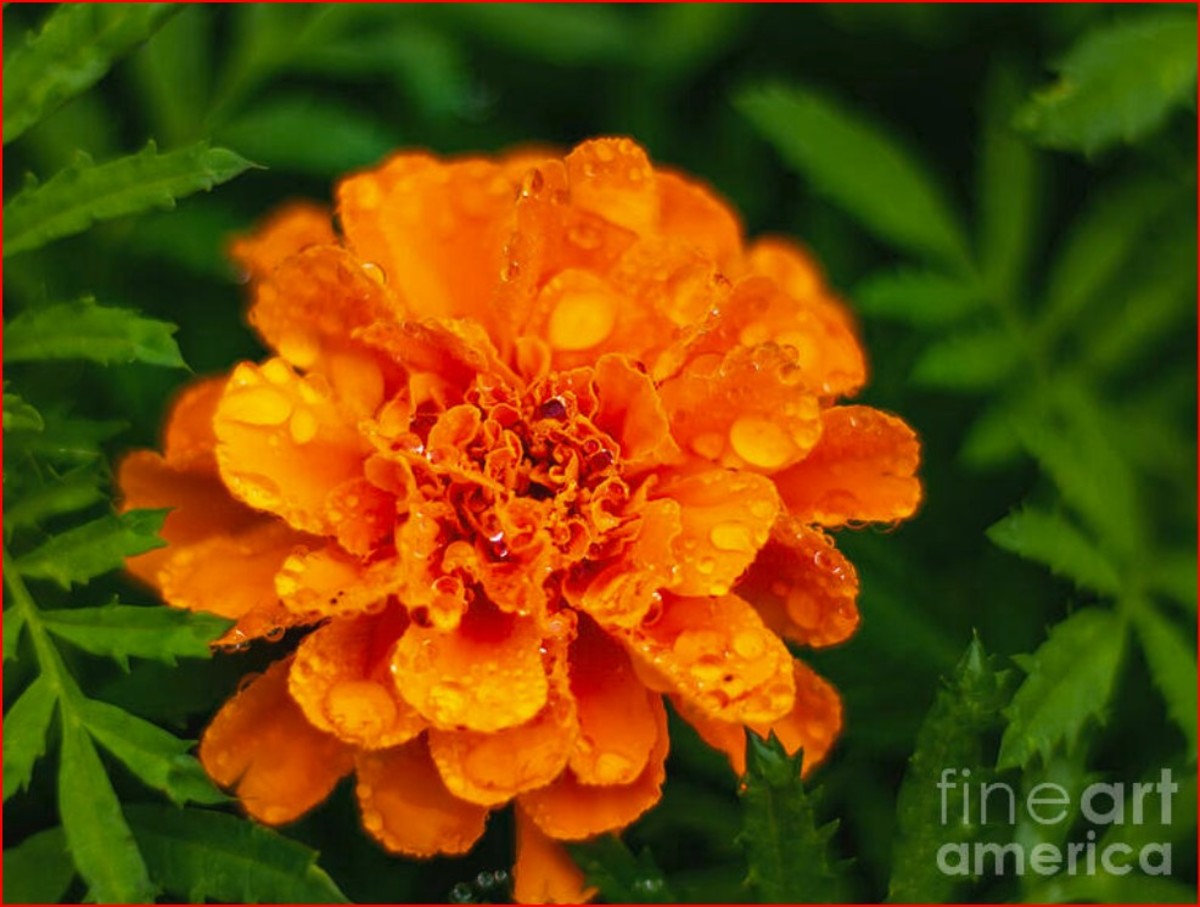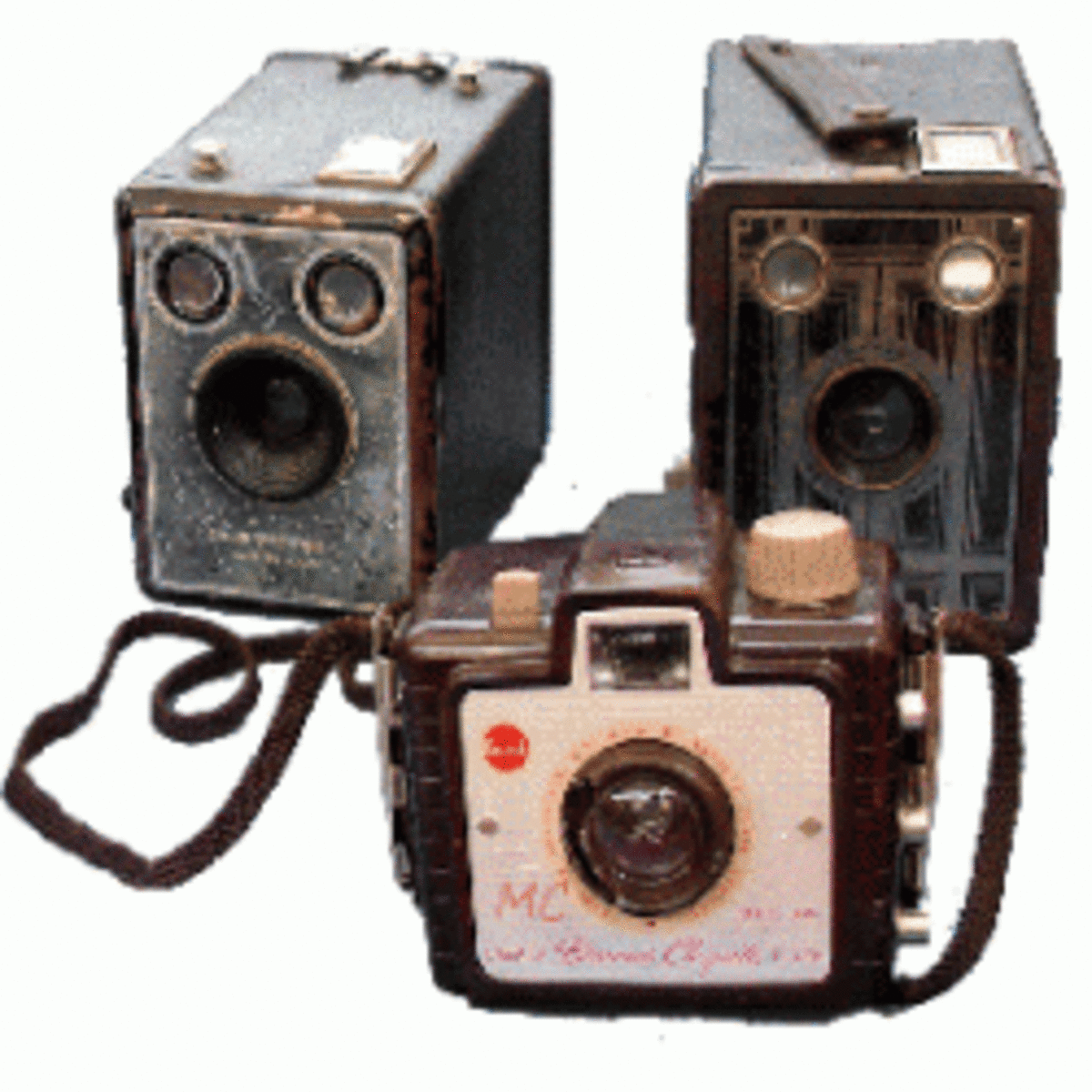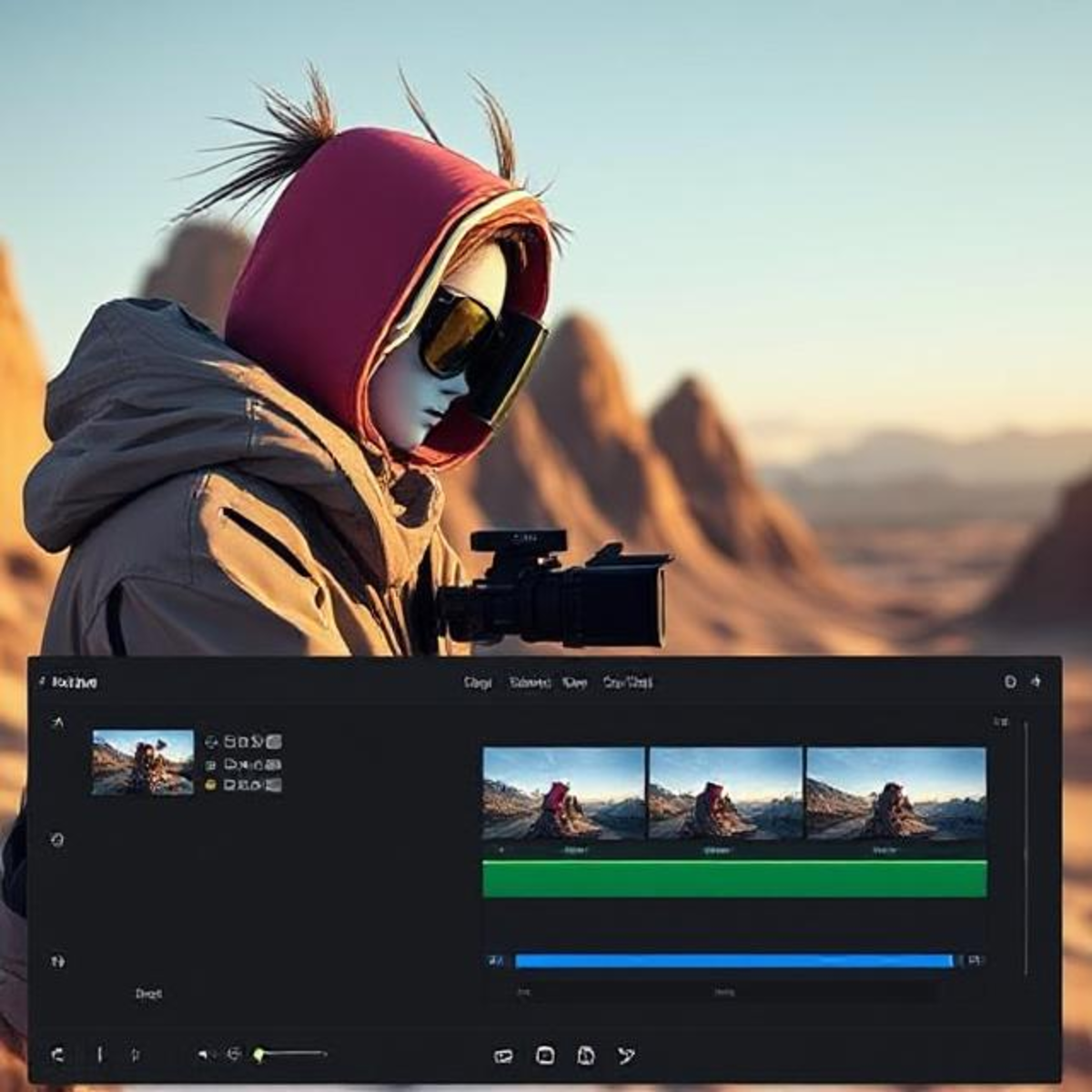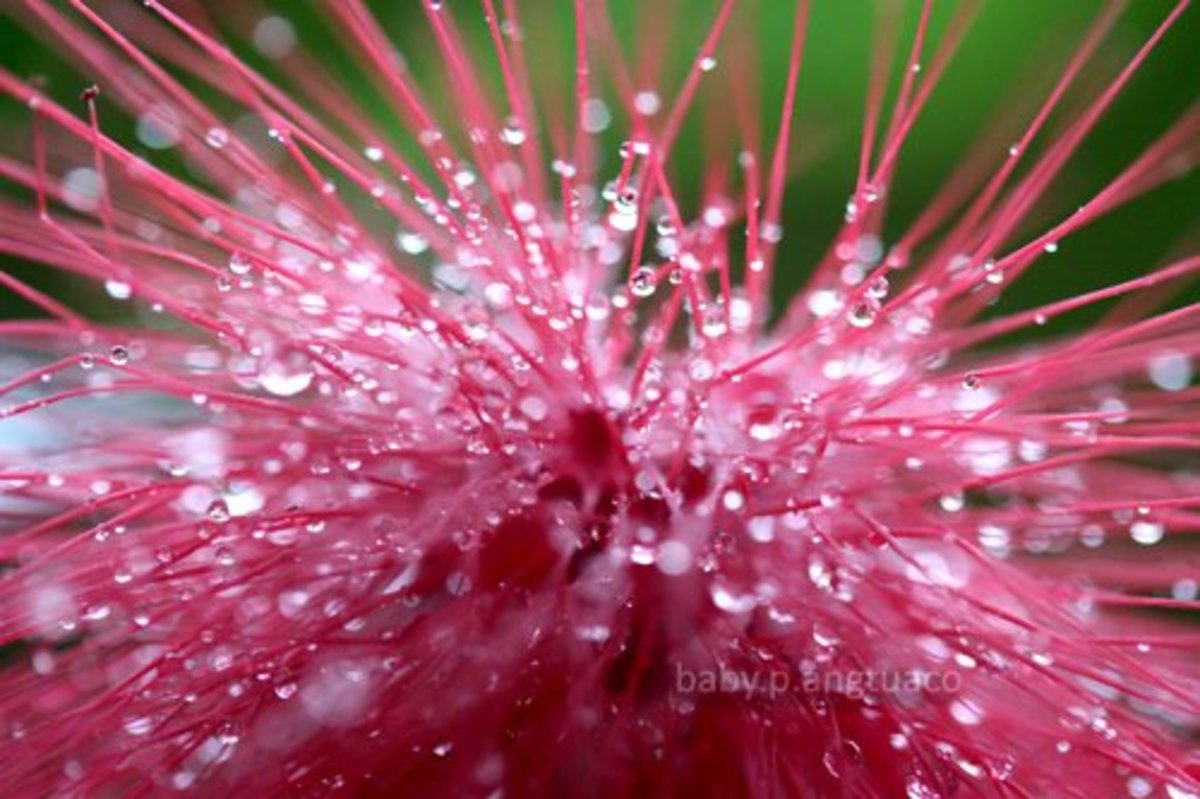Beginner Digital Photography
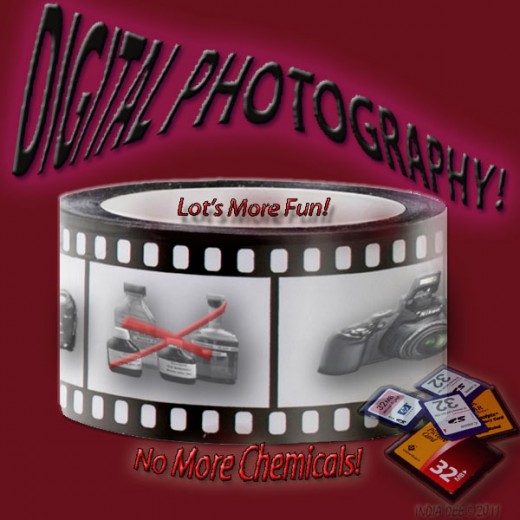
Basic Digital Photography Guide
Taking Digital Photographs
So, you find yourself attracted to the possibilities available with digital photography, but are just not certain how to begin. Allow me to reassure you that you have come to right place: This guide is intended to be an introduction for beginners, like you, to the ever changing world of digital photography.
The Evolution Of Film To Digital Photography
History Of Photography:
The world of photography has been continually evolving for more then 170 years. For the first 160 of those years every camera pretty much required the use of "wet" film. You would load a light-tight canister of film into your camera body, closing this canister behind another light-tight door. You would shoot according to the film type and light requirements and hope and pray you managed to get the right exposures, timing, and focus set. Then you would take the used (shot) film to a processing lab where they magically turn your canister of 24 frames into pictures by running the film strip through a "wet" chemical process of developer, bleach, and stabilizer. Nervous anticipation of the outcome was usually warranted; as light, film, and equipment can be a tricky coupling.
Digital Photography Today, Where Has All Of The Film Gone
Is Film a Thing Of The Past
Yes, it would seem that in our modern timing, the wet film process is virtually a thing of the past, with only the most traditional of photographers continuing to demand it. With the creation of the charged coupled device—(CCD) that which converts light waves into digital signals that can be stored in image form — the need for wet film and traditional photography is left far behind. Today we simply pop in a flash card or memory device and start shooting—well, you should take a peek at the viewing screen to make sure you get the shot you want. Even still, some have asked why has the change to digital photography been met with such high praise? The best answer I can offer you is this:
The Magic of Digital Photography
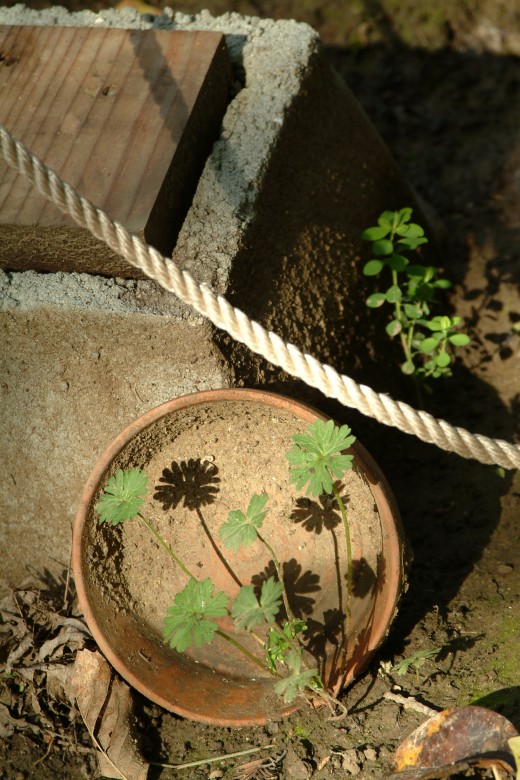
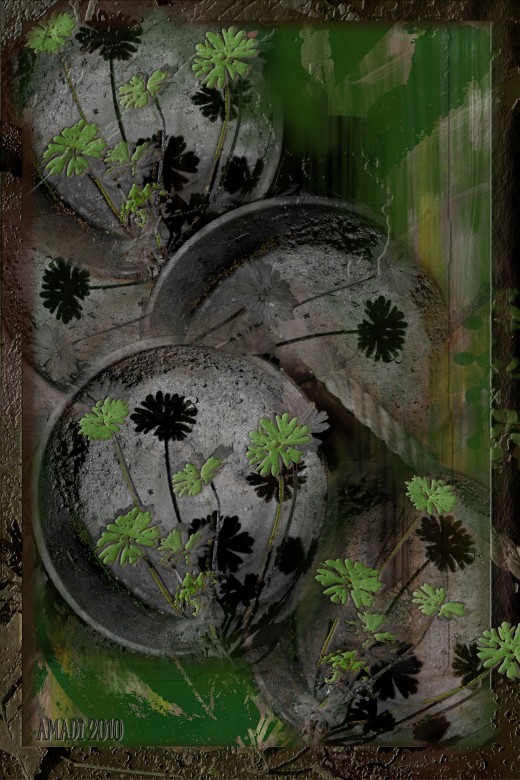
Digital Photography Is Better To Some
With the development of digital photography, the world of art, design, technology, and photography itself, can now easily collide to make a spectacle of brilliant advancements toward a more comprehensive and richly conceived visual world.
Modifying Snapshots Into Digital Art
Pictured at right, you find the original image taken of heavy shadows which fell across a piece of terracotta pottery conspicuously leaned on an old pile of junk. Struck by the contrast and character of the original shot, I saw more within the photo than just "old pottery." I was able to create a pretty unique image by using a few easy techniques and image editing software. Here are a few editing tasks that helped complete the finished image:
- crop and use favorite sections of snapshot only
- multiplying these sections of the snapshot
- desaturated certain colors
- developing several layers
Making Your Images Into Works of Art
By utilizing the techniques listed, it was possible to created the piece "SHADOWS" that you see here. This level of work can be completed after some time and after familiarizing yourself with your choice of image editing software. On occasion, you might be able to create something so special that it is worthy of being viewed and sold in a Gallery; and that is an awesome experience!
Ever Wondered About Digital vs Optical Zoom?
- What is Optical Zoom vs Digital Zoom
Beginners will learn the important differences between digital and optical zoom on digital camera's. Helpful tips for using the zoom in your digital photography.
What Makes Digital Photography so Great?
Controlling The Final Image
One of the highly regarded features of digital photography camera's is the fact that after taking a picture you can decide on the spot, whether you want to keep it, or delete it and try shooting the photo again. But, the most sought after feature of digital photography has to be the fact that you can load your photos (images) onto your personal computer for storage, reporting, sharing, or for the real devoted photogs, enhancing the images however you wish. By utilizing image-editing software (like PhotoShop, illustrator, or for even Paint Shop Pro) you gain the advantage of controlling the fine details of your final image.
The Art of Cropping
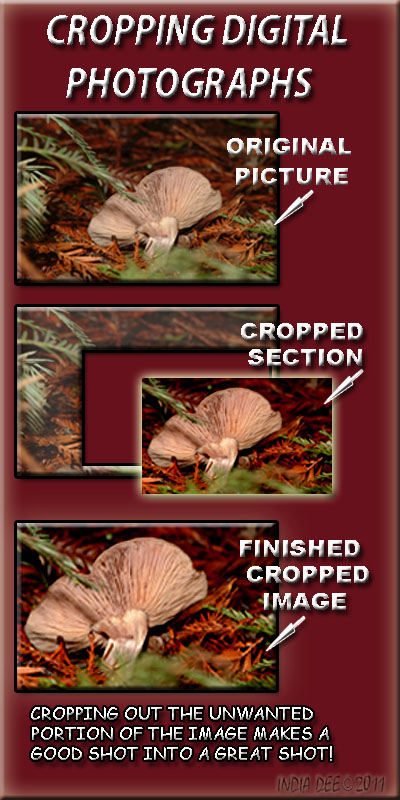
How To Crop Photographs
The Rule Of Thirds
The technique of cropping involves selecting a smaller section of the entire image so you can remove (crop out) any of the background you don't want. All that remains in the finished image is the important main subject of the photo. Cropping can also help to better configure an image. By cropping close to the mushroom in the sample at right, the image takes on a greater degree of intensity, and is placed in dynamic configuration rather than directly at center. The mushroom is not located at center because this makes the image far more pleasing to an artistic eye. When configuring your crop, locating your subject in the top left center quadrant of the picture brings added movement and character that otherwise would not appear. More about photography's "The Rule of Thirds."
Altering Color Levels In Photography
Natural And Florescent Light
Taking a picture in different kinds or types of light can produce unusual colors in your pictures. For instance, fluorescent lights add a greenish tint, while indoor lights can make your pictures look orange. Also, some CCDs are able to reproduce certain color's more easily than others, making consistency between CCDs an issue to keep in mind when using your new found digital photography knowledge.
RGB and CMYK In Digital Photography
What Do RGB and CMYK Mean
RGB
- Red, green, blue
CMYK
- cyan, magenta, yellow, key
- "k" refers to "key" or the color black
Color and Contrast
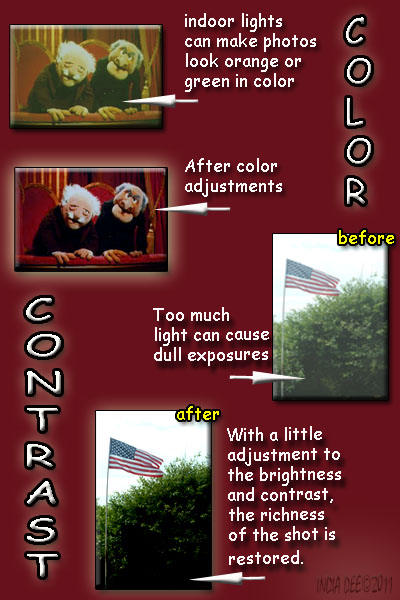
Fugi Digital Camera CCDs vs Nikon CCDs
I have found that the Fuji CCDs tend to offer a cooler or slightly greenish/yellow tone, while Nikon has a beautiful warm magenta tone feeling more natural in print. Which ever digital camera you use, the CCD will have its own trend in color tonality as well as general appearance. I am here to ease your mind though; by using digital editing software, you can simply adjust the levels of red, green, blue (RGB) -or- cyan, magenta, yellow, key (CMYK), for a more naturally lit image.
Altering Brightness and Contrast in Digital Images
When we talk about Photography, the "photo" portion of the word refers to light. If we shoot a picture with too little light, we create images that are "under" exposed. Those shot with too much light are "over" exposed. This is the same in wet film photography as it is in digital photography. Where the difference arrives is in what we are able to do with the exposure after it has already been shot.
Burning And Dodging Film
In the wet film world, you're pretty much at the mercy of a long and ambitious process of burning and dodging your photo, which often leaves you with flat or inconsistent contrast; resulting in "unnatural" looking finished prints. Ansel Adams was a master at burning and dodging, but not many traditional photographers are. This is why Adams became such a highly revered artist in the photography world. He may not have been the highest quality "picture taker" but he absolutely understood the chemical process like no other of his time.
What Is Burning And Dodging In Film Photography
Burning and dodging is a difficult chemical and light exposure process used to activate in different degrees, and in separate positions, the light and reactive silver of the wet print process.
Adjusting Exposures In Digital Images
With an under or over exposed digital image, you have options and outstanding image editing software to aide in the process, and with far less time and effort! By adjusting the brightness, and increasing or decreasing the contrast, we can create a finished picture that is more correctly representative of the actual lighting taken in the shot.
Digital Photography High-Art
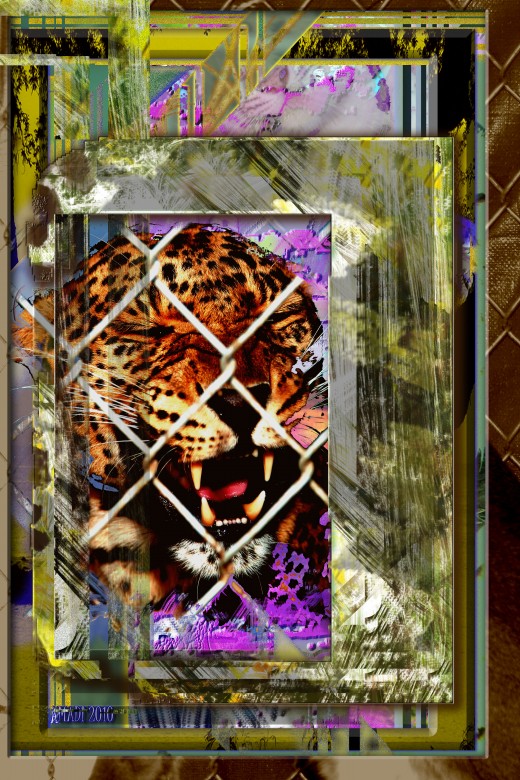
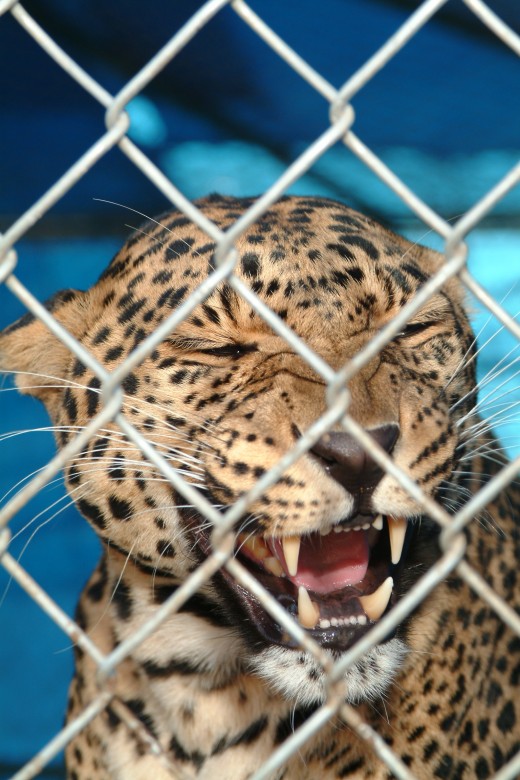
Digital Photography Special Effects
Built into image editing software are several types of special effects. You can add text in many font styles to any image, you can revise the tint of a picture making it sepia (like old fashion photos), add vignettes, create new backgrounds, add frames, combine many different pictures to make one, and even create your own cards for holidays. Many of these effects have been used to create "Screaming Leopard," the artwork at right.
High-art Digital Images
Screaming Leopard has been completed by;
- using one digital image of a leopard roaring from behind a cyclone fence
- multiplying the background and fence texture into many layers
- building layer after layer of information from the original leopard picture
- adjusting separate aspects of the image on each individual layer
- modifying color, density, contrast, and saturation on each layer to a different intensity
By managing the editing software in a creative way, a very interesting digital picture has been transformed into an expensive work of art. (This piece is over $4,000 when printed on stretched canvas material, using pigmented high-art quality inks, and set into a high quality and attractive frame.
WHAT YOU THINK REALLY DOES MATTER!
Do you used image editing software?
How To Use Dogital Images Everyday
Art Is Not The Only Thing Found In Digital Photography
The instructional aides presented above, show you that image editing software has many uses other than high-art and holiday greetings. It is pretty easy to alter any of the pictures here for any number of articles on a broad range of topics. By simply revising the text and picture selections you create never ending possibilities for a number of applications. Here are just a few:
- school projects
- reports
- business ads
- letterhead
- billboards
- Family albums
- improving snapshot quality
- t-shirt designs
- just having fun
All of these applications are at your fingertips. You are only limited by the manufacturers ability to produce and upgrade new image editing software and your personal willingness to learn and practice the digital photography craft from beginning to end.
Beginner Digital Pictures
It would seem that digital photography can offer more than holiday greetings when approached with talent, creativity, skill and experience. Just remember, no matter how good the editing software may be these days, there is no doubt that a great snapshot is always a best place to start.
STOP WAITING AROUND AND GET STARTED TAKING YOUR OWN DIGITAL IMAGES!

